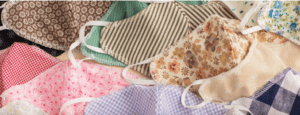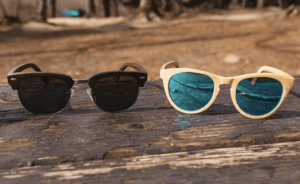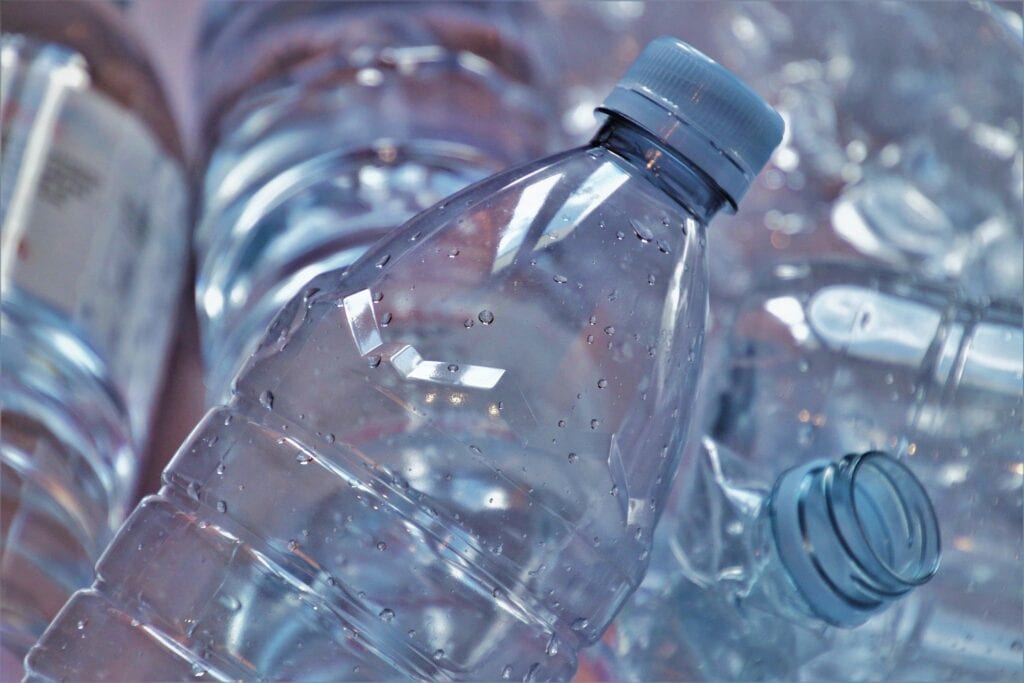As I’m sure many parents know, babies go through A LOT of diapers. Diapers not only produce a lot of waste, but they are also often laden with preservatives, scents, and numerous chemicals that can be harmful to your baby’s health. Luckily, I have found a few great companies that find new ways to manage and address sustainability and toxicity issues in their diapers and other baby products.
Before I provide my various ratings and recommendations for diapers, it is important to understand what these descriptions actually mean, and what ingredients you should watch out for in your child’s diapers.
Like many of the other products I have discussed on this website, there are very few restrictions on what companies can use to make diapers. Diaper companies “self-test” and “self-regulate”, meaning they report all of the ingredients used in their diapers, but no organization is confirming their claims. So, companies essentially have free rein when it comes to what they share with consumers. Even companies who do share all of their ingredients probably have at least a few unlisted ingredients if the word “fragrance” is on their label. To get an in-depth understanding of this issue, click HERE for an explanation as to how the FDA regulates chemicals in products and what chemicals to look out for.
Main Components of Diapers:
1. Inner layer- This is what rests against your baby’s skin so, this is the layer that needs to be free of toxins. All diaper manufacturers should disclose the ingredients of this inner layer.
2. Absorbent Core: The layer that absorbs fluid.
3. Waterproof outer shell: Environmentally friendly diaper companies use a plant-based plastic known as polylactic acid (PLA)
The most trusted manufacturers are those who fully disclose all ingredients. Many companies will tell you what’s not in their diapers, but will fail to tell you everything that is in the diapers. Pampers and Huggies are big diaper companies who fail to disclose all of their materials.
SAP- Super Absorbent Polymer: These are the crystals in the absorbent core of the diaper that absorbs fluid. The issue with SAP is that it hasn’t been around long enough to determine if it’s 100% safe. SAP is derived from petroleum. It is believed to be nontoxic, however, if ingested, it could kill a baby.
Why Chlorine Free is Important: Chlorine is used to bleach diapers. But during this bleaching process, toxic chemicals called dioxins can be released. Dioxins can cause reproductive issues, damage to the immune system, hormone disruption and cancer. It is hard to find a diaper with no dioxins so, a trace amount is the best we can usually find. According to the EPA, dioxide is the most toxic of all cancer-linked chemicals. It is banned in most countries, but not the United States. Learn more about this lack of chemical regulation HERE.
Dye free (pigment free, colorant free) is always better when it comes to diapers. Dyes can cause skin rashes and allergic reactions. Some natural diaper companies use dye that doesn’t contain heavy metals. These are thought to be safe, but as always use caution and diligence when you find a brand that claims to be “eco-friendly”, “non-toxic” or safe, because there are so few regulations.
Watch out for
TBT & Other Heavy Metals: TBT can be absorbed into the skin and act as a hormone disruptor. This means that these chemicals can disrupt the hormones that should be in your child’s systems and change the way your child’s organ systems function. This could lead to small issues or have major health implications. But it is DEFINITELY not worth the risk.
Pthalates: These can be used in diapers to make a flexible, waterproof plastic liner. They can be released into the air and can also mix into liquid.
Want more information? The issue of non-toxic and sustainable diapers is a very complex one, which is why I have attached a link to a more in-depth articles at the bottom of this page. However, I believe that the following brands I have researched and reviewed are great alternatives to Pampers and other mainstream diaper brands that aren’t the safest for your little ones.
Before I can discuss the three sustainable and safe diaper brands below, I have to discuss the MOST sustainable option first: Reusable Diapers.
I know, the idea of taking a gross diaper and using it again sounds extreme, unpleasant, and a complete pain to manage. BUT, there are actually a lot of benefits that are worth AT LEAST considering, before you shake your head and read on.
Cloth diapers and various reusable diaper types are MUCH more affordable than disposable diapers. The average toddler will go through around 7,000 diapers before they are potty trained. 7,000!! Pampers diapers cost roughly $30 per 100 diapers. This means that it will cost around $2,000 to diaper one of your kids. With cloth diapers, which last an average of 6 YEARS, you can buy anywhere from 5-20 for significantly less, and use them for your first child and future children. This means that you could save $6,000 by using cloth diapers. Not to mention the good you are doing for your children’s health AND the environment. In some areas, such as NYC, there are even companies that will launder have a pick up and delivery subscription, where you can give them your soiled diapers in exchange for new ones, so that you don’t have to deal with cleaning.
Now, I realize I am driving a hard bargain, parenting is challenging, and adding something else to laundry basket isn’t exactly appealing. But I encourage you to check out these sustainable cloth brands for a few minutes and seriously consider the potential benefits. Cloth diapers are better than they were 30+ years ago. They’ve come a long way!
Cloth Diaper Options
Bambino Mio – overall best quality and value – $
Alva Baby – great swim diapers – $
Lil Joey All in One Diapers – Good for preemies $
Still not convinced? Check out these companies for disposable diaper options that you can still feel good about.
This section contains affiliate links. As an Amazon Associate, I earn from qualifying purchases.
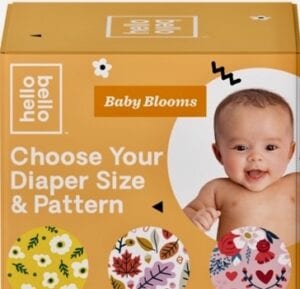
Hello Bello is made without lotion, fragrance, phthalates, and latex, 100% chlorine free, and the absorbent liner is plant-derived.
Sustainable: 
Standards: Hello Bello prioritizes renewable materials and sources, which often means using plant-based materials rather than petroleum or chemical-based. They use organic ingredients and non-toxic chemicals – which are listed with all of their products. They acknowledge how under-regulated basic products are, and stand by their company standards as a means to ensure safety for all of their customers.
Special Qualities: They have over 20 adorable designs that you can choose for diapers. They offer day and night diapers to make them easier to use. Finally, they use a bundling method, so you can get the diaper products you want, AND get free products.
Non-Toxic: 
Affordability: $– They are partnered with Walmart, so their products are easily accessible, and they don’t have high prices that often come with smaller companies. You get roughly 112 diapers for $29 – cheaper if you subscribe. Pampers diapers are $25 for only 84 diapers, so with Hello Bello, you’re getting more for less! Out of all the diapers I’ve researched, this is the only brand that’s less expensive than competing mainstream brands.
Effective (Absorbent + Wetness-Indicator): 
Chlorine-Free: 
Cute:  They have over 20 adorable designs on the diapers.
They have over 20 adorable designs on the diapers.
Other Products Include: Kid-friendly shampoo, conditioner, lotion, and body wash, vitamins, and other personal care baby products, like oil, wipes, hair-detangler, diaper wash cream, and more!
Click HERE for $15 off your first bundle of diapers and wipes.

Sustainable:  They are a European-based company, so there is a greater shipping footprint, but unlike Hello Bello, their founding principles are centered around sustainability. This means that sustainability is not a goal for Naty, it is the forefront fo their company.
They are a European-based company, so there is a greater shipping footprint, but unlike Hello Bello, their founding principles are centered around sustainability. This means that sustainability is not a goal for Naty, it is the forefront fo their company.
Standards: Hypoallergenic, 100% plastic-free, biodegradable, and fragrance-free.
Non-Toxic: 
Special Qualities: They also sell a “plant-based potty”. It sounds a little out there, but it is a functional toddler toilet that is the most sustainable option available!
Affordability: $
Effective (Absorbent + Wetness Indicator):  – they are very high quality diapers that have been praised for their performance, but they DO NOT have a wetness indicator.
– they are very high quality diapers that have been praised for their performance, but they DO NOT have a wetness indicator.
Chlorine-Free: 
Cute:  – has designs, but they’re simple
– has designs, but they’re simple
Other Products Include: Baby skincare, diaper pants, diaper bags, baby wipes, potty training, and more.
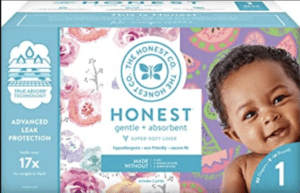
Sustainable:  Honest is not perfect, but is still worth mentioning. Honest works to use recyclable materials wherever possible, minimize pollution and shipping footprints, and ban certain materials in their packaging that are either damaging to human or environmental health. Their diapers are made of plant-based materials and ethically sourced ingredients.
Honest is not perfect, but is still worth mentioning. Honest works to use recyclable materials wherever possible, minimize pollution and shipping footprints, and ban certain materials in their packaging that are either damaging to human or environmental health. Their diapers are made of plant-based materials and ethically sourced ingredients.
Non-Toxic:  They don’t use the word “fragrance” on their labels, so all the labels truly show every ingredient being used.
They don’t use the word “fragrance” on their labels, so all the labels truly show every ingredient being used.
Standards: They hold themselves accountable with a strict “NO” list, which means that they refuse to use chemicals on said list. This last is provided on their website and bans over 2,500 chemicals They also work very hard to ensure that the goods are manufactured safely and responsibly,
They hold themselves accountable with a strict “NO” list, which means that they refuse to use chemicals on said list. This last is provided on their website and bans over 2,500 chemicals They also work very hard to ensure that the goods are manufactured safely and responsibly,
Effective (Absorbent + Wetness Indicator):  – They pride themselves on creating high performance diapers while still holding true to their standards, but DO NOT have a wetness indicator.
– They pride themselves on creating high performance diapers while still holding true to their standards, but DO NOT have a wetness indicator.
Affordability: $
Chlorine-Free: 
Cute:  – like Hello Bello, Honest offers a large variety of designs, although Hello Bello designs are still my number one!
– like Hello Bello, Honest offers a large variety of designs, although Hello Bello designs are still my number one!
Other Products Include: Beauty products, Bath products, home goods, and even clothing
Want some extra diaper info?
Check out: https://www.babygearlab.com/expert-advice/what-is-inside-those-disposable-diapers

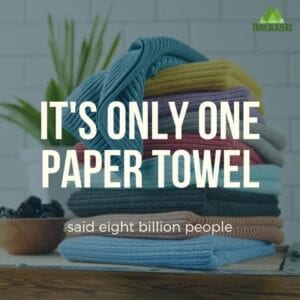





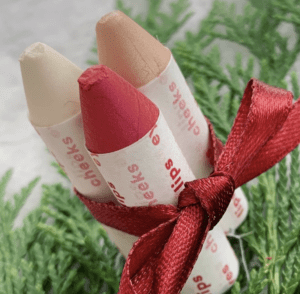
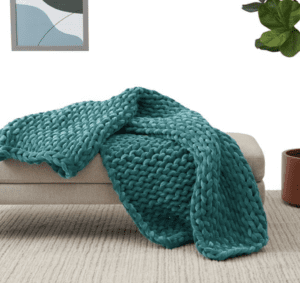


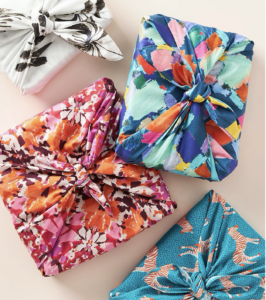
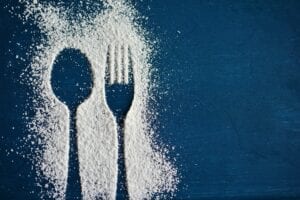





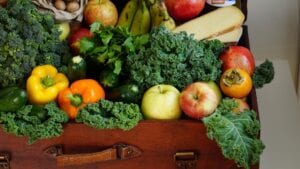


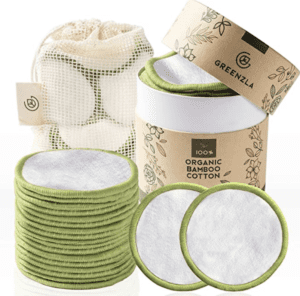

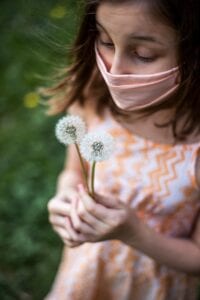
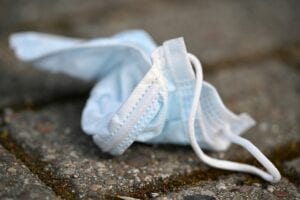
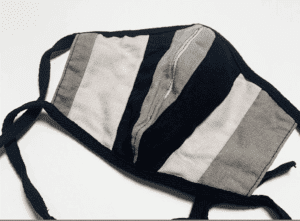 Sustainable Practices:
Sustainable Practices:
